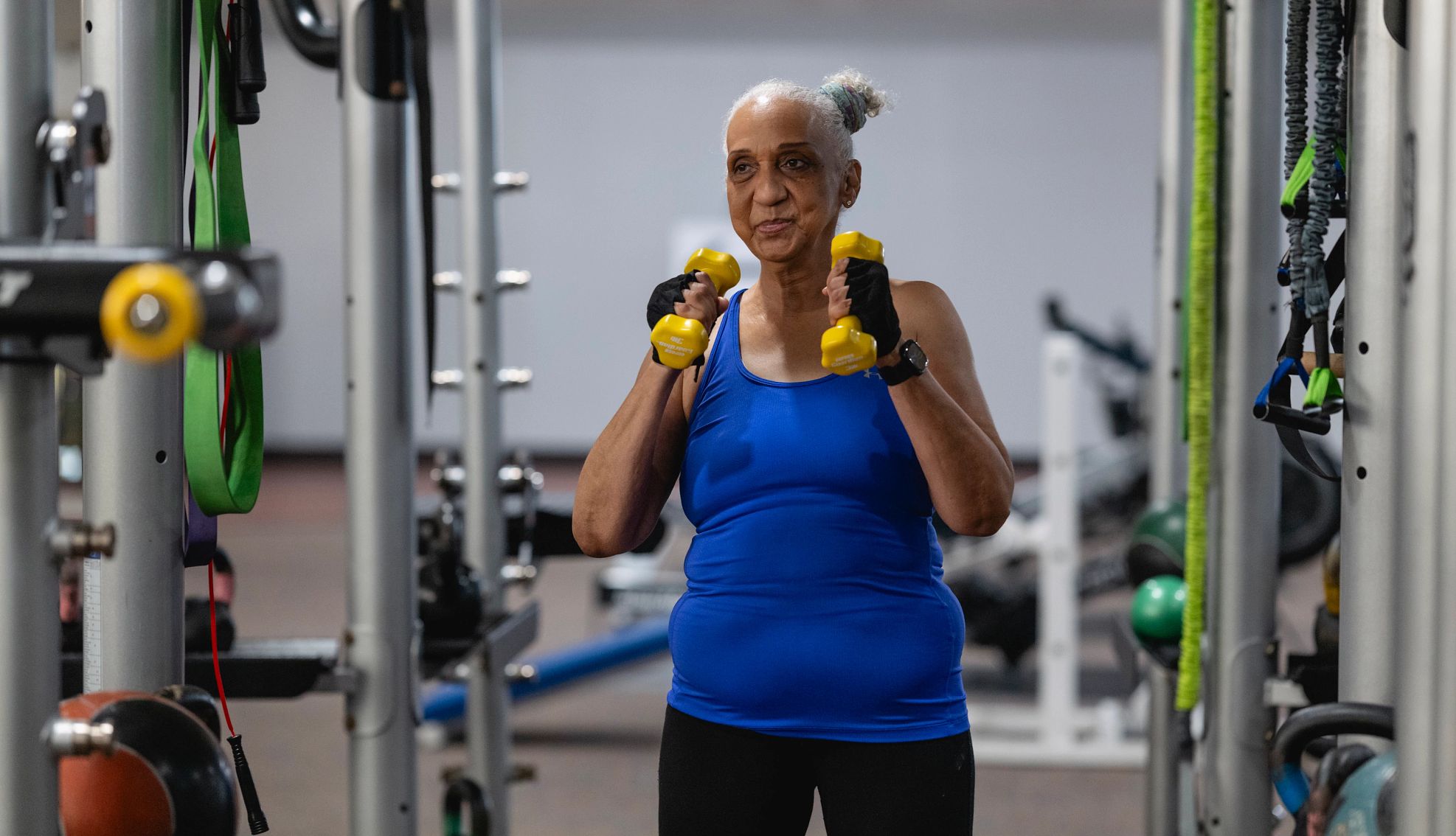AARP Hearing Center


I can still remember the day it happened. It was a sunny Tuesday morning in August 2009, and the weather beckoned me to sit on the deck with my laptop and write. I didn’t give a second thought to the fact that I woke up lightheaded and a little disoriented.
The sun was so bright that it hurt my eyes, further fueling that odd, unbalanced feeling. I wasn’t in any pain, but I couldn’t shake the sense that something bad was about to happen.
Should I go to the hospital? Am I overreacting? Am I just groggy?
I went back inside and called for my son, but the words did not come easily. I could not come up with his name; I also couldn’t find the correct words for the car keys that I was frantically searching for. At the time, I had no idea that impaired speech, sudden confusion and sensitivity to light were red flags for stroke. But the body knows when something is not right.
After an internal debate, I drove myself to the hospital — not the smartest decision in hindsight — and waited in the parking lot for who knows how long. I felt silly. What was I going to tell them? That I was disoriented, confused and forgetful?
Diagnosis: Stroke
In the emergency room, the intake nurse wasted no time when I told her what happened. Someone rushed me in the back, stuck an IV in my arm and directed me to further testing. By the time the results came back, I was feeling like my old self — already planning what I was going to do with the rest of the beautiful day.
It couldn’t be that serious, I reasoned. Then they told me that I’d had a stroke — an acute linear infarct within the left posterior frontal lobe. The frontal lobes are the largest of the four major lobes of the cerebral cortex, which is the area of the brain responsible for thinking and memory. Three days later, I was discharged with instructions to take baby aspirin every day, consult with my primary doctor to manage my cholesterol and to sign up for a smoking cessation class.
Back home, I carried on as if nothing had happened — except that I quit cigarettes cold turkey. I was fatigued more than usual and noticed some difficulty with processing information. During a live performance of a stage play, I couldn’t follow the dialogue — the actors’ words were garbled — and the stage lights bounced around my eyeballs like glittering rain.































.jpg?crop=true&anchor=13,195&q=80&color=ffffffff&u=lywnjt&w=2008&h=1154)

































You Might Also Like
How Strength Training Helped One Cancer Survivor Feel Strong and Confident
Lifting weights also helped her recover from an unexpected injuryDoctor, Why Am I So Tired?
How to get your energy back8 Major Health Risks for People 50 and Older
A look at the top killers — and how to dodge themRecommended for You